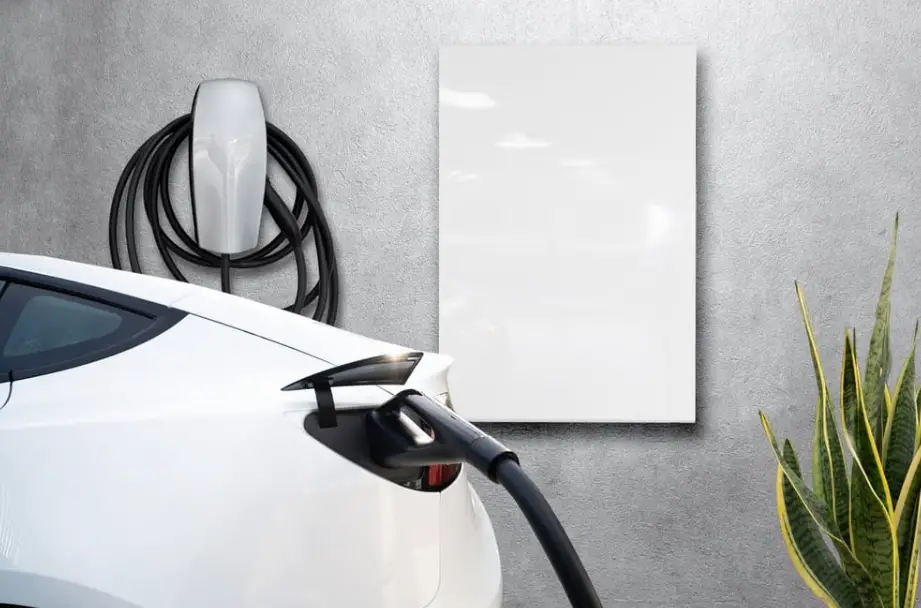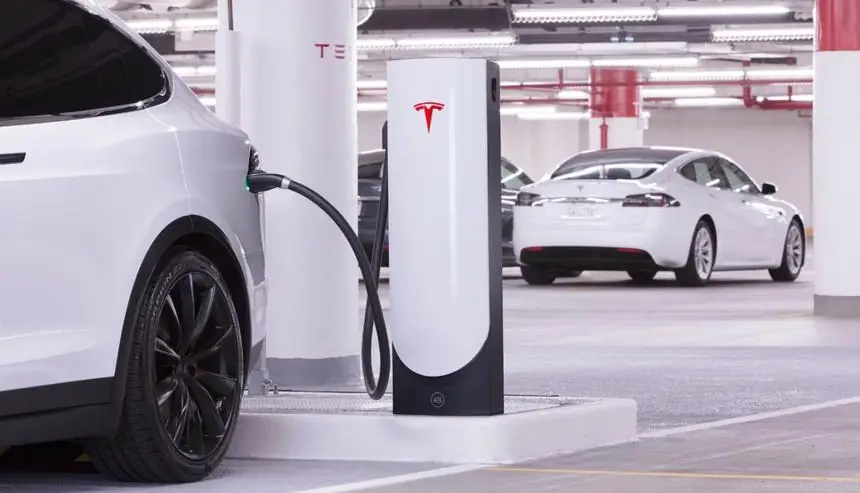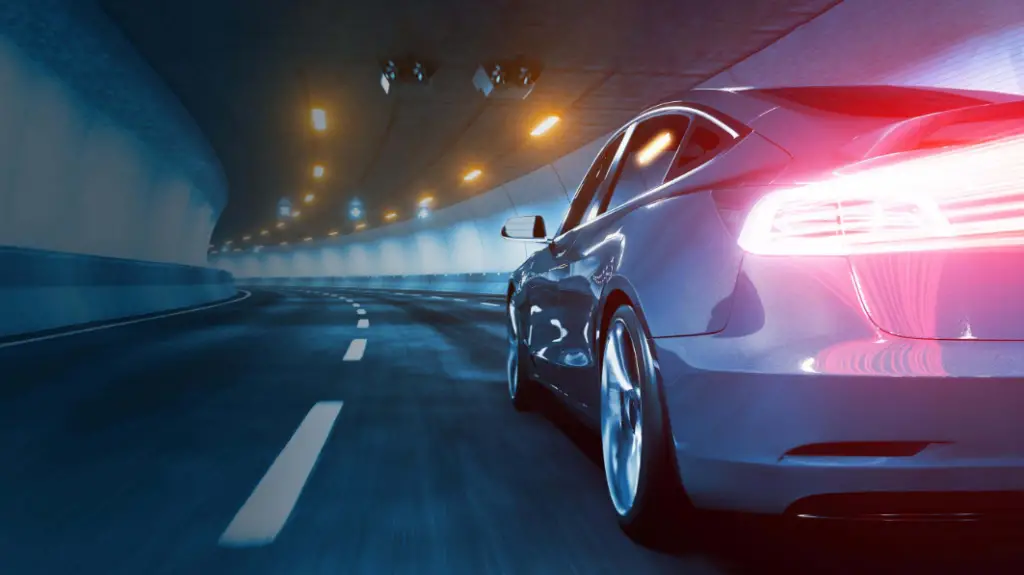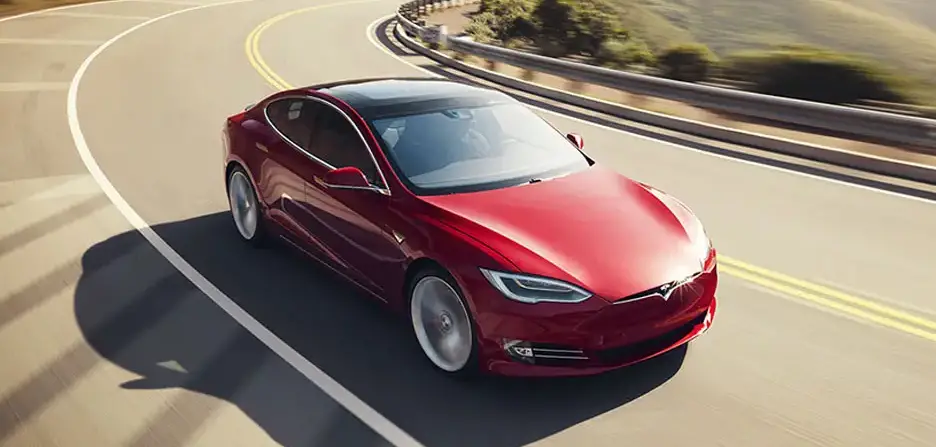How to maximize your tesla model s?
Whether you’ve just purchased a Tesla Model S or you’re a long-time EV enthusiast, you know that one of the greatest challenges of electric vehicles is battery life.
With colder temperatures, inclement weather, and prolonged use all taking their toll, it can be hard to get the most out of your Tesla battery.
But don’t worry—you don’t have to leave it up to chance! By making a few simple changes, you can maximize your Tesla battery life while maintaining the power and performance of your Tesla.
In this article, we’ll cover all the best practices for maximizing your electric vehicle, from utilizing proper tools to changing driving habits and beyond. Let’s get started!

Contents
- 1 Advantages of electric cars
- 2 Understanding Tesla battery degradation
- 3 How to use regenerative braking effectively for extended range
- 4 Benefits of using the Tesla phone energy app and Sentry mode
- 5 Driving habits to reduce Tesla battery consumption
- 6 Tips and tricks to maintain the Tesla batteries
- 7 Useful tools for reducing Tesla battery degradation
- 8 Install low voltage chargers
- 9 Install Aero wheel covers
- 10 Monitor battery temperature
- 11 Set climate control system to conserve battery power
- 12 Consider installing a battery charger timer
- 13 Factors affecting Li-ion battery life
- 14 Conclusion
- 15 FAQs
Advantages of electric cars
Electric vehicles (EVs) have several advantages, such as lower costs and fewer emissions. They also have tremendous torque and acceleration, making them more eco-friendly.
To maximize Tesla’s battery life, EV owners can use regenerative braking, Eco mode, and monitoring driving habits to reduce range usage.
Regenerative braking uses electric motors to convert motion into electricity, which can be stored in the battery for future use.
Eco-mode optimizes the car’s settings to maximize efficiency by reducing power usage and limiting acceleration. Monitor driving habits to maintain a consistent speed over long distances.
Understanding Tesla battery degradation
If you own a Tesla Model S, you know that the Tesla batteries are one of the most important components of your vehicle.
Moreover, conditions like temperature and driving habits can affect it by requiring more energy while using heat and air conditioning.
Knowing how to properly care for your Tesla batteries and maximize their lifespan is essential for anyone who owns an electric vehicle.
The key to making sure your Tesla Model S battery lasts is to understand Li-ion battery degradation – the natural decline in capacity and performance of the cell due to age and use.
Degradation varies from one car to another – distance is driven, climate, charging system, frequent and rapid acceleration, highway speeds, and driving habits all impact it.
It’s important to know what these factors are, so you can adjust your behavior accordingly.
Luckily, there are several practical measures you can take to mitigate the effects of Tesla battery degradation to maximize range and efficiency: regular maintenance of your vehicle’s electrical systems; careful management of battery charging sessions; avoiding overcharging or deep discharging; and optimizing charging speed.
These practices coupled with smart driving habits like anticipating traffic conditions ahead of time or coasting when possible can go a long way toward improving Tesla battery efficiency and longevity.

How to use regenerative braking effectively for extended range
One of the best tools for maximizing your Tesla Model S′ range is regenerative braking. This type of braking is another factor to consider when it comes to the driving range and battery efficiency.
It is unique to EVs and works by converting kinetic energy into electricity and feeding it back into the battery.
Any time you slow down or brake, your model S is working hard to capture this kinetic energy and use it wisely.
To maximize energy recaptured, drivers should coast in situations where they can and use regenerative braking instead.
They should also anticipate stops and take advantage of every opportunity to capture kinetic energy and put it back into their batteries for future use.
Benefits of using the Tesla phone energy app and Sentry mode
Another great tool for improving battery capacity in your Tesla is the Tesla Phone energy App. With this energy app, you can:
- Check the charging status and set your charge limit
- Activate Eco mode for improved Li-ion battery efficiency
- Schedule charging times to take advantage of cheaper electricity rates
The App also allows you to keep an eye on your car remotely, even if it’s parked. You get notifications when a person is nearby or if the car experiences an electric power outage.
This way, you can prevent unauthorized access to your vehicle and make sure its batteries stay safe while it’s parked.
The displayed range on the instrument panel may deplete faster than the actual driven distance.
Open the Energy app to see the estimated range based on your recent energy consumption. And with the Sentry Mode feature, you can turn your Tesla into a fort by temporarily locking all doors and preventing anyone from entering the vehicle.
Driving habits to reduce Tesla battery consumption
One of the best ways to reduce Tesla battery consumption in your Model S is to adjust your driving habits.
This can mean something as simple as slowing down earlier when approaching a stop light or adhering to the speed limit.
You can also reduce acceleration, braking, speed, and AC usage.
Reducing these activities can help you save energy in a fuel-burning vehicle too, but it’s particularly important for EVs, as rapid acceleration or heavy braking can significantly reduce Tesla battery power and driving range.
While EVs run largely on electricity, they still use a bit of fuel for operating the weather control system for heat or AC.
So, run your Model S at the optimum temperature which is 72 °F, and you’ll save energy which translates into a greater range for your vehicle.

How to win in the cold
In cold weather, you need to take extra steps to get the most out of your Tesla battery capacity.
When it’s cold outside, make sure that you are parking your Tesla in an enclosed garage such as a basement or carport if possible so that it doesn’t get cold overnight.
This will help maintain your Tesla battery power so that you don’t have to use additional energy just to warm up the cabin before driving off. Keep your Tesla plugged in whenever and wherever possible.
Turn on the range mode
If you have a Model S or Model X, enabling range mode helps the vehicle run more efficiently by limiting the power of climate control, conserving energy, and increasing range.
Additionally, make sure not to leave any of the lights on while parked to preserve power!
Tips and tricks to maintain the Tesla batteries
Once you’ve purchased your Tesla, you’ll want to maximize its range and Tesla battery efficiency. Here are some tips and tricks that can help you do just that:
- Avoid turbocharging – Turbocharging will increase the speed of charging, but it also increases the temperature of the battery and can degrade its performance over time. Use regular charging for all day-to-day tasks.
- Stick to a routine – If your daily driving is fairly consistent, you can program your Tesla to charge only when needed, like overnight when electricity is cheaper.
- Monitor battery health – The Tesla app allows you to monitor the battery health of your vehicle, which can alert you if something goes wrong and allows you to address any issues right away.
- Heat or cool the battery – The extreme temperatures of both hot and cold weather will reduce Tesla’s battery life, so make sure to heat or cool your car when necessary before driving off in it.
- Keep an eye on tire pressure – Tire pressure will affect how hard your vehicle has to work while driving, so make sure they’re properly inflated every month or two (or as recommended in your owner’s manual). This will also help improve fuel efficiency and handling performance.
Finally, make certain that your battery levels do not fall below 10%.
You can ensure good battery health and find no signs of degradation or loss in your Tesla’s mileage if you follow the correct charging habits, and you can maintain the Tesla range of 263 to 353 mi on battery-only power.
Downloading the Optiwatt app is one good way to do this.
Useful tools for reducing Tesla battery degradation
Now that you’re familiar with the common practices for maximizing your Tesla’s battery capacity, let’s look at some tools you can use to get even more out of it.
Battery minder
The Battery Minder is a Tesla-exclusive onboard computer that provides detailed real-time information about your Tesla’s battery health and performance.
It displays useful details like voltage, temperature, and charge level—and it can even be connected to the internet to access data like usage history and range estimates.
Battery wrap
Battery wraps are an effective way to protect your battery from degradation due to extreme temperatures—so if you live in a hot or cold climate, they’re worth considering.
They also provide additional protection against road debris, helping keep your battery healthy and running smoothly.
Automatic charger controllers
When charging your Tesla, using an automatic charger controller can help extend the life of your battery by managing the charging rate and preventing overcharging.
They generally come with various pre-set profiles that will automatically adjust the charging rate based on temperature, voltage, and other factors—allowing for optimal efficiency and maximum battery capacity for your electric vehicle.

Install low voltage chargers
An essential tool for extending the range of your electric vehicle is to install a low-voltage charger.
Low-voltage chargers are available in both wall and floor-mount models, making them convenient and easy to use.
By charging your vehicles with a low-voltage charger, you can get the same amount of power in a longer amount of time.
This helps to reduce power loss while charging your vehicle, as well as allowing it to remain powered at a more consistent level when not in use.
Additionally, low-voltage chargers are typically made from materials such as stainless steel or aluminum that are highly resistant to corrosion, so you can be sure that your investment is safe and secure for many years to come.
Install Aero wheel covers
Maximize the range of your Model S by installing wheel covers.
Wheel covers have been tested to improve the aerodynamics of vehicles, and this is especially true for electric cars like Tesla.
Wheel covers reduce air resistance, allowing the car to travel further with less energy.
Installing wheel covers on an electric vehicle is fundamental for achieving optimal range performance, and it can even help reduce charge time.
You don’t have to stick to factory-equipped wheel covers, either—there are several aftermarket wheel cover options available that can help you get a better range in all types of weather conditions.
Not only will wheel covers help you increase the range of your electric vehicle, but they also add an extra layer of protection against road debris and dust.
Installing wheel covers truly is a win-win when it comes to improving the efficiency of your Tesla!
Monitor battery temperature
Keeping your battery at the optimal temperature is key when it comes to maximizing your Tesla Model S.
You can do this by monitoring your battery temperature on the dashboard and adjusting accordingly.
The optimal temperature for a Tesla S battery is room temperature, or between 77 and 86 degrees Fahrenheit.
If you keep your battery within those temps, you’ll maximize its longevity and ensure that it gets the most charge possible.
Here are some tips for keeping your battery temp within range:
- Turn off accessories like air conditioning or heating when not needed to reduce power drain
- Park in shade, as direct sunlight increases internal temperatures
- Make sure all air intakes are clear of barriers or objects that could impede airflow
- Monitor the charging process and avoid fast charging if possible
- Make sure all connections are securely in place
By following these guidelines, you should be able to keep your Tesla battery running optimally for maximum efficiency.
Set climate control system to conserve battery power
Another great way to maximize the life of your Tesla Model S battery is to set the weather control system. In extreme temperatures, this can make a big difference in battery power and range.
When it’s hot outside, keep the air conditioner off or set it to recirculate inside air instead of cooling with outside air.

This will help reduce the ventilation needs, which will in turn conserve battery power. In cold weather, use seat heaters instead of the cabin heater to reduce energy consumption.
To further save on your Tesla’s battery power, you can:
- Use regenerative braking when you’re not using the accelerator; this allows you to charge your car while driving at low speeds
- Utilize Tesla’s Coast Down feature; this helps you manage your speed by collecting energy while coasting downhill and storing it in the car’s batteries
- Precondition your vehicle before driving; preheating or precooling can be done with just a few clicks before venturing outside and helps reduce consumption of energy while keeping your car comfortable
Consider installing a battery charger timer
One of the best tools for increasing battery capacity in your Model S is a battery charger timer.
A battery charger timer helps regulate how much power you are using and when so that you can optimize your consumption of energy.
You can set it up to ensure that your vehicle is only charging when the electricity rates are lowest, such as at night so that you save money on your electricity bill while still having enough juice to get you where you need to go.
Here are some benefits of having a battery charger timer:
- It ensures that your car’s batteries don’t drain too quickly in cold weather.
- You can choose the maximum voltage for charging, allowing for safe and efficient top-ups throughout the day.
- It saves you money by ensuring that your vehicle isn’t using more electricity than necessary when it’s not required.
- You don’t have to worry about overcharging; once the batteries are full, the charger will stop automatically.
Battery longevity: If you charge the car completely, it is best to drive it as soon as the charge level reaches 100%.
You would rather not charge it up and then leave it plugged in. This practice can be harmful to battery longevity.
Finally, make certain that your battery levels do not fall below 10%.
You can ensure good battery health and find no signs of degradation or loss in your Tesla’s mileage if you follow the correct charging habits, and you can maintain the Tesla range of 263 to 353 mi on battery-only power.
Factors affecting Li-ion battery life
It isn’t only the weather that impacts your Li-ion battery life, there are other factors to consider, too.
Regular maintenance is essential for making sure your battery is up to the task. Keeping an eye on brake pads, tires, and battery health will help maximize the efficiency of your electric car.
Driving style, throttle control, speed, regenerative, and engine braking can also have a big impact on battery life.
Battery charging should be done without overcharging and be aware of how often you charge it. By understanding the factors that affect battery longevity, you can maximize how far you can go on a single charge.
Conclusion
All of these tools can provide great help when it comes to maximizing your Tesla’s range—but remember that regularly following the common practices outlined in this article helps ensure the longevity of your car’s battery in the long run!
FAQs
Should I charge my Tesla to 80% or 90?
We recommend that your car be set to the ‘Daily’ range, up to approximately 90%, for regular use. Charging to 100% is best saved for when you are getting ready for a more extended trip. The charge settings menu allows you to adjust how fully the battery charges.
Should I charge my Tesla to 100%?
Tesla recommends that you keep your charge limit to 100%, even for daily use, and that you fully charge your vehicle to 100% at least once per week for vehicles with Lithium Iron Phosphate (LFP) high-voltage batteries.
At what speed is a Tesla most efficient?
Bottom line: 75-80 mph is the most time-efficient speed. If you drive faster, you will consume energy faster than the Supercharger can replace it, increasing your net trip time.
How do I get the best mileage on my Tesla?
Warming your battery before each trip may save you money. Prevent the heat of the car with the Tesla App. The best way to put the vehicle in charge is to precondition it. As for the cooling, also limit cabin heat.
Read also: Tesla AWD vs. RWD: differences and different Tesla models


